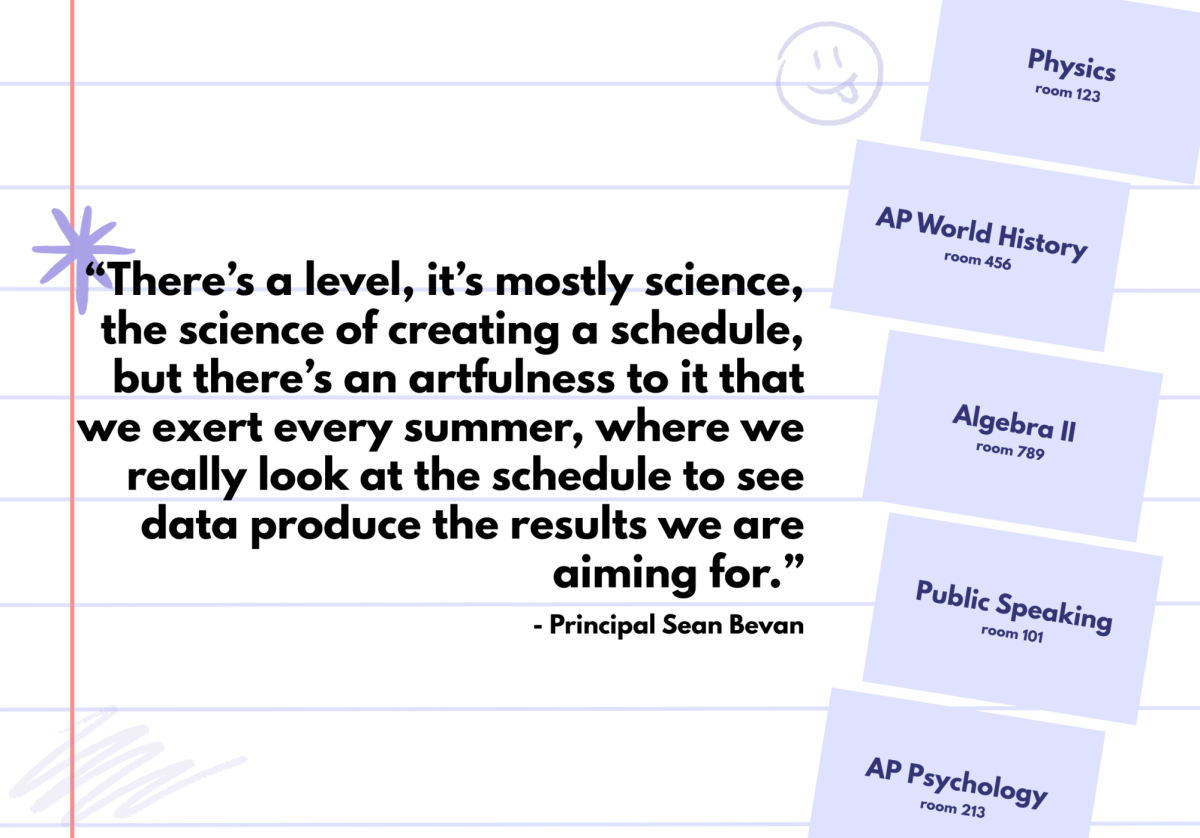When Netflix released “Squid Game” last September, viewers immediately raved about the Korean television show’s ingenuity. With subtitles available in 37 languages and dubbed versions in 34, the show united fans from around the globe through its gripping plot, emotional performances and subtle social commentary. Soon after this initial surge in enthusiasm, however, social media began to erupt with claims that viewers who used subtitles “didn’t really watch the same show.” This begs the question: How much of the original content passed through the sieve of subtitling, and how much was lost in translation?
The popularity of foreign films and television shows among U.S. viewers has soared in recent years. Netflix, for example, reported a 50 percent increase in viewing of foreign language titles from 2019 to 2020, attributing this jump to the desire for “escape and connection” brought on by pandemic lockdowns. As a result, many popular streaming services now allow users to turn on subtitles or dubbing when watching content. Subtitles are written translations of the speech displayed at the bottom of the screen, whereas dubbing pairs audio recordings in a different language with original scenes. Some viewers of foreign shows have expressed a strong preference for either option, while others have criticized both for their inaccuracies.
Proponents of subtitles argue that they allow viewers to greater appreciate actors’ performances in their native tongue. While Jaden Fu (9) first began to watch anime, a genre of Japanese animation, for enjoyment, he now also uses these films to review Japanese vocabulary he learns at school. He believes that subtitles offer a more genuine experience by preserving the full range of expression found in a show’s original audio.
“The original audio of a film conveys the emotion better than dubbing it to a different language,” Jaden said. “Even though you can’t have direct translations between languages sometimes, the basic concepts that subtitles convey are usually correct.”
With dubbing, a viewer can enjoy a show while completing household chores or other tasks, but Jaden does not perceive the greater attention that subtitles require as a downside.
“The fact that subtitles make you focus on the film is a good thing,” Jaden said. “It’s more important to enjoy the film instead of doing something else and multitasking. I like anime because I can appreciate how much time and effort went into each episode or season.”
Another common complaint about dubbing is the mismatch between auditory and visual content. Dubbed lines of a film or show fail to correspond to the lip movements of characters, which some find distracting or unpleasant. Akul Goyal (10), an avid watcher of Bollywood movies, uses subtitles to fill in the gaps between his knowledge of Hindi. Though he acknowledges that subtitles can be challenging to follow, he considers them a better option than dubbing.
“It does take some practice to get used to subtitles,” Akul said. “But since I’ve been using subtitles forever, going from watching so many movies with original audio to watching them with dubbing would be too much of a change. You can’t focus on the cinematography as much if you use subtitles, but you can always just watch the movie again.”
Akul notes how dubbing provides a more satisfying viewing experience, though, when the original and dubbed languages are closely related. One of his favorite films, “Baahubali,” which was originally shot in Hindi, has been dubbed in several other Indian languages such as Malayalam, Telugu and Tamil. Because these languages share many similarities with Hindi, Akul could overlook minor discrepancies between auditory and visual cues when watching the movie dubbed in Telugu.
“I speak Hindi, but based on tone, I can also understand parts of Telugu,” Akul said. “A lot of Indian languages are close enough that you have to listen for a couple of minutes to tell the difference, so dubbing isn’t as awkward in this case. It lets you watch the movie in the language you’re most familiar with.”
Dubbing a show that typically has English audio can also help viewers study a foreign language. Along with switching the language settings on her phone and laptop, Kaitlyn Wang (11) watched “Jane the Virgin” with Spanish dubbing to prepare for the listening and talking sections of the AP Spanish exam.
“I’ve watched ‘Jane the Virgin’ so many times that I already knew what the characters were going to say,” Kaitlyn said. “I wanted to watch the show in my free time anyway, but this way I could study Spanish at the same time. I used to have a hard time understanding Cuban, Colombian and Puerto Rican accents, but watching the show was good practice.”
While preference for subtitles or dubbing may differ depending on the situation, inaccuracies in translation, often due to wordplay or cultural differences, arise with both options. Upper school French teacher Galina Tchourilova uses movies as a “springboard” for teaching her level four students about French culture, history and traditions. For homework assignments, students watch the films without subtitles to develop their listening comprehension skills. The class then reviews certain clips with subtitles as a group to reinforce important takeaways. Tchourilova frequently observes mistakes in translations but sees them as “good teaching moments.”
“I’ll take a French sentence, compare it to the English subtitle and ask students if it’s the same, if it’s precise, if it’s accurate,” Tchourilova said. “Very often we’ll notice differences, but some of them are understandable because the movie can have puns or cultural references, which are often impossible to translate accurately.”
Akul points out that beyond technical inaccuracies, subtitles and dubbing can also fail to communicate the atmosphere or mood that a movie evokes.
“You can still understand the plot and the big picture from subtitles and dubbing, but you lose the feel of the movie,” Akul said. “It’s like how there’s a different feel when you watch a movie in theaters the first time it releases versus when you’re sitting at home with your family on the sofa.”
Understanding a foreign movie, or another culture for that matter, may require more knowledge than subtitles or dubbing can offer.
“If you’re interested in a different culture, even inaccurate subtitles can give you a great window to something new,” Tchourilova said. “But if you really want to learn about the culture, you have to start with the language, because language is something that enriches all aspects of a person’s life.”
This story was originally published on Harker Aquila on November 9, 2022.






































